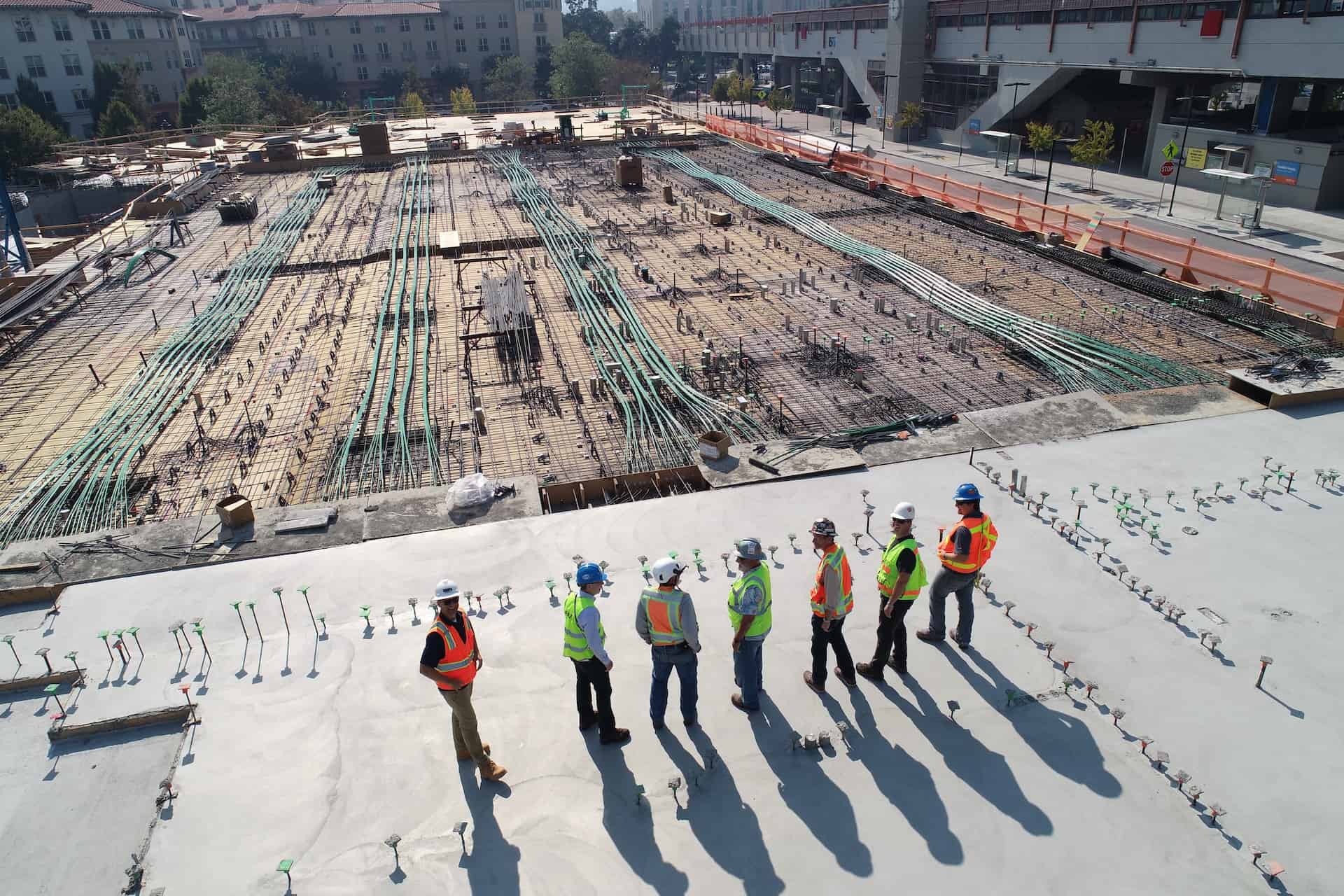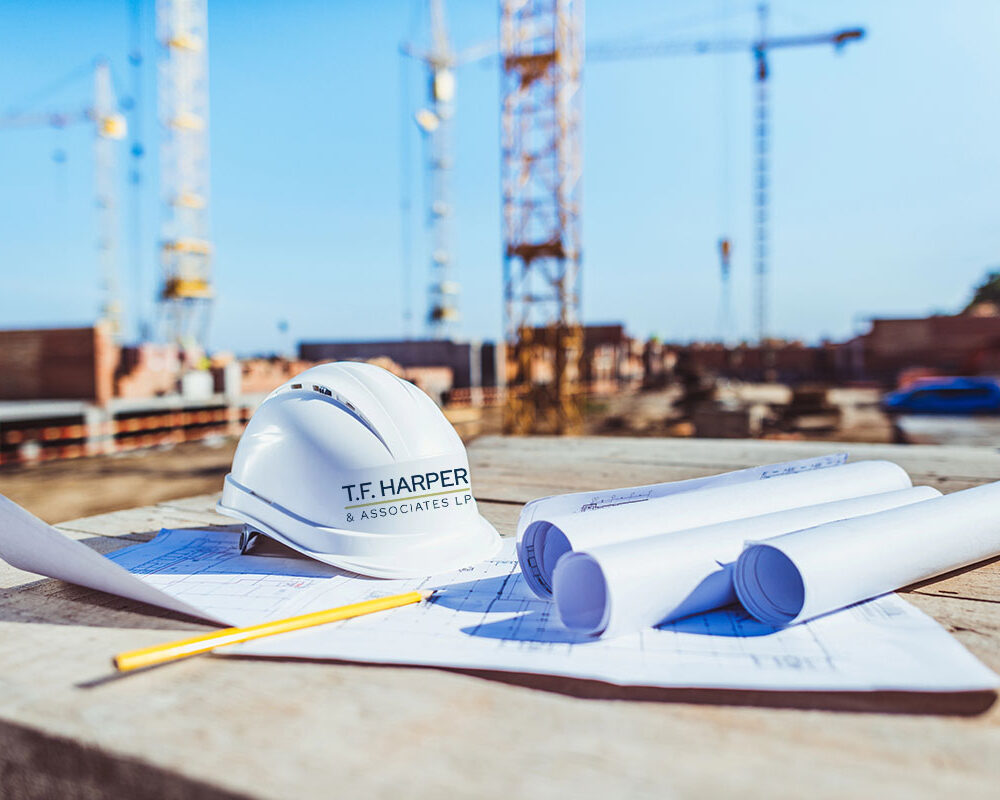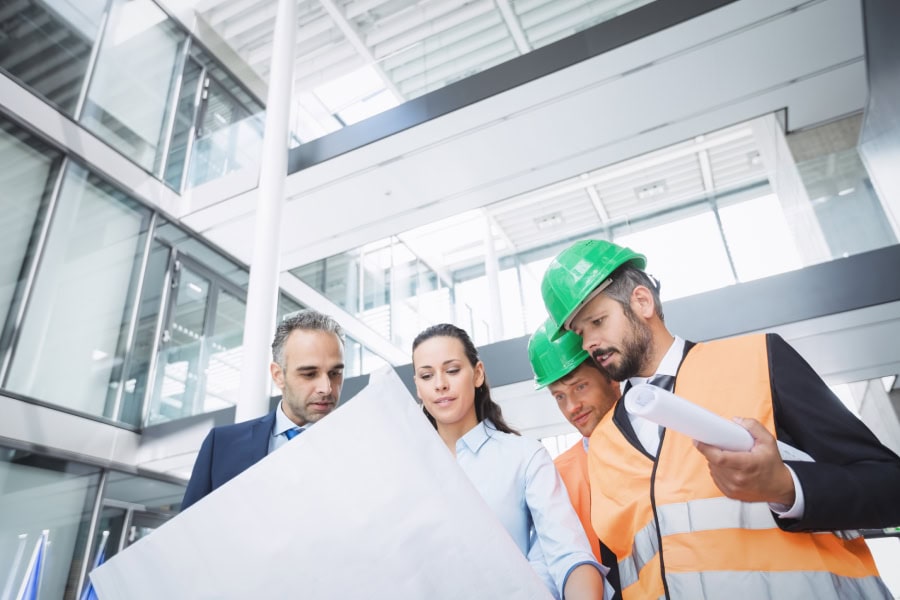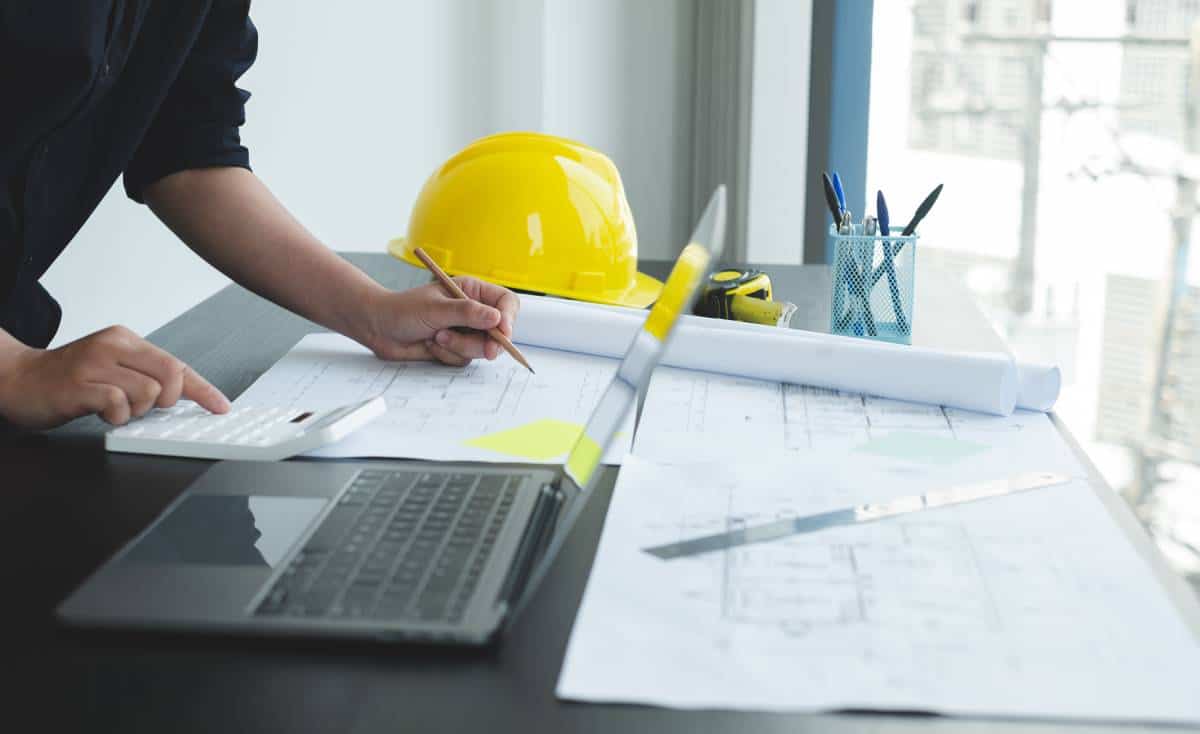The construction industry has placed a greater emphasis on adopting sustainable building practices over the past several years. Given the global population growth, it has become more important than ever to reduce our carbon footprint and create environmentally friendly structures that can withstand the test of time.
This article aims to explore the many ways in which sustainable construction practices are being implemented across the world and how they are contributing to a greener future. Whether you’re an architect or builder seeking to incorporate sustainability into your projects or simply someone interested in eco-friendly building techniques, this article is the perfect resource for you. Let’s delve into the topic and discover what sustainable construction practices are all about!
Utilizing Renewable Energy Sources for Construction Projects
Incorporating renewable energy sources into construction projects is a critical element of sustainable building practices. Such sources include wind power, solar power, geothermal energy and hydroelectricity. By incorporating these clean energy resources into the design process, we not only decrease carbon emissions but also enhance energy efficiency.
One effective approach to integrating renewable energy into construction projects is through the installation of solar panels on rooftops or using them as shading devices. Architects can also explore the inclusion of wind turbines or geothermal heating systems into their designs to further advance sustainability.
Proximity to waterways can provide the opportunity for harnessing hydroelectricity as an additional source of renewable energy. By integrating renewable energy sources into construction projects, we can significantly reduce environmental impact while creating more sustainable structures that will benefit future generations. It is imperative that industry professionals prioritize this approach in designing and constructing new buildings to effectively combat climate change and preserve our planet’s resources.
Using Recycled Products for Construction Materials
Using recycled products for construction materials is one of the most effective ways to practice sustainability in building design. Recycled construction products minimize waste, reduce greenhouse gas emissions, and generate substantial cost savings. With innovative technologies and responsible manufacturing practices, recyclable materials can be transformed into structural components such as walls, floors, roofs, and insulation.
One of the primary benefits of using recycled materials is that they have a lower environmental impact than traditional building methods. For example, repurposing existing concrete or steel instead of producing new materials significantly reduces resource consumption and energy use. Additionally, using post-consumer plastic waste as an alternative to timber can prevent deforestation while providing durable yet lightweight components for roofing systems.
Constructing sustainable futures starts with us making mindful decisions from the outset – from sourcing raw materials to disposal at end of life structures. By selecting eco-friendly alternatives like recycled products, we can help to lower carbon emissions for future generations. Supplementing resources acquired through renewable energies give a tremendous boost towards achieving global sustainability targets.
Implementing Strategies to Conserve Water
Water is an essential resource for human life, and the pressures of population growth and climate change have made water conservation a critical priority. Sustainable construction practices are being implemented to conserve water resources in buildings worldwide. One approach is to use low-flow fixtures such as low-flush toilets, showerheads, and faucets that reduce water consumption without compromising performance. Another strategy is to incorporate rainwater harvesting systems into building designs that collect runoff from roofs for reuse in landscaping irrigation or toilet flushing.
On-site wastewater treatment can help mitigate nitrogen pollution from septic tanks or sewage treatment plants by using natural methods such as constructed wetlands or bioreactors instead of chemicals. Implementing these sustainable construction practices conserves precious water resources and reduces energy consumption associated with pumping and treating water supplies. As professionals across the architecture and construction industries continue to prioritize sustainability in their work, we increase our chances of creating a lasting impact on preserving this vital natural resource for future generations.
Incorporating Green Building Practices into Building Designs
Incorporating green building practices into building designs is a crucial step towards creating a sustainable future. Green buildings are designed with an emphasis on reducing and minimizing their impact on the environment, improving energy efficiency, and promoting healthy living environments. These practices include using renewable materials, optimizing ventilation systems to improve air quality, utilizing natural light sources for illumination, and capturing rainwater for irrigation purposes.
The benefits of incorporating green building practices extend beyond just environmental sustainability. This approach also facilitates lower operating costs due to reduced energy usage and waste management expenses over time. It can also increase property value by appealing to environmentally conscious consumers who desire homes or offices that align with their values.
Integrating green construction methodologies into building design contributes significantly towards achieving global environmental goals while simultaneously providing immediate economic benefits at the individual level. As such, more builders and architects should incorporate these approaches into their projects as the world works toward creating a sensitized society built on sustainable development frameworks in upgrading infrastructure without degrading the planet’s resources further.
Conclusion
It is evident that sustainable construction practices are crucial in creating a greener and more sustainable future for generations to come. The adoption of these practices can help reduce carbon emissions and lessen the impact on natural resources. As construction continues to be an essential part of our society, ensuring that buildings are designed with sustainability in mind should be a top priority.
By transitioning to energy efficient systems and utilizing ecofriendly building materials, the adoption of sustainable construction practices is becoming increasingly more prevalent. This global shift towards environmental consciousness is a hopeful sign and we must remain steadfast in our efforts to promote sustainability within the industry.
These sustainable practices serve to reduce our ecological impact and create a better world for all of us. By continuing to embrace these principles now, we can make a difference in protecting our planet’s health for future generations.








